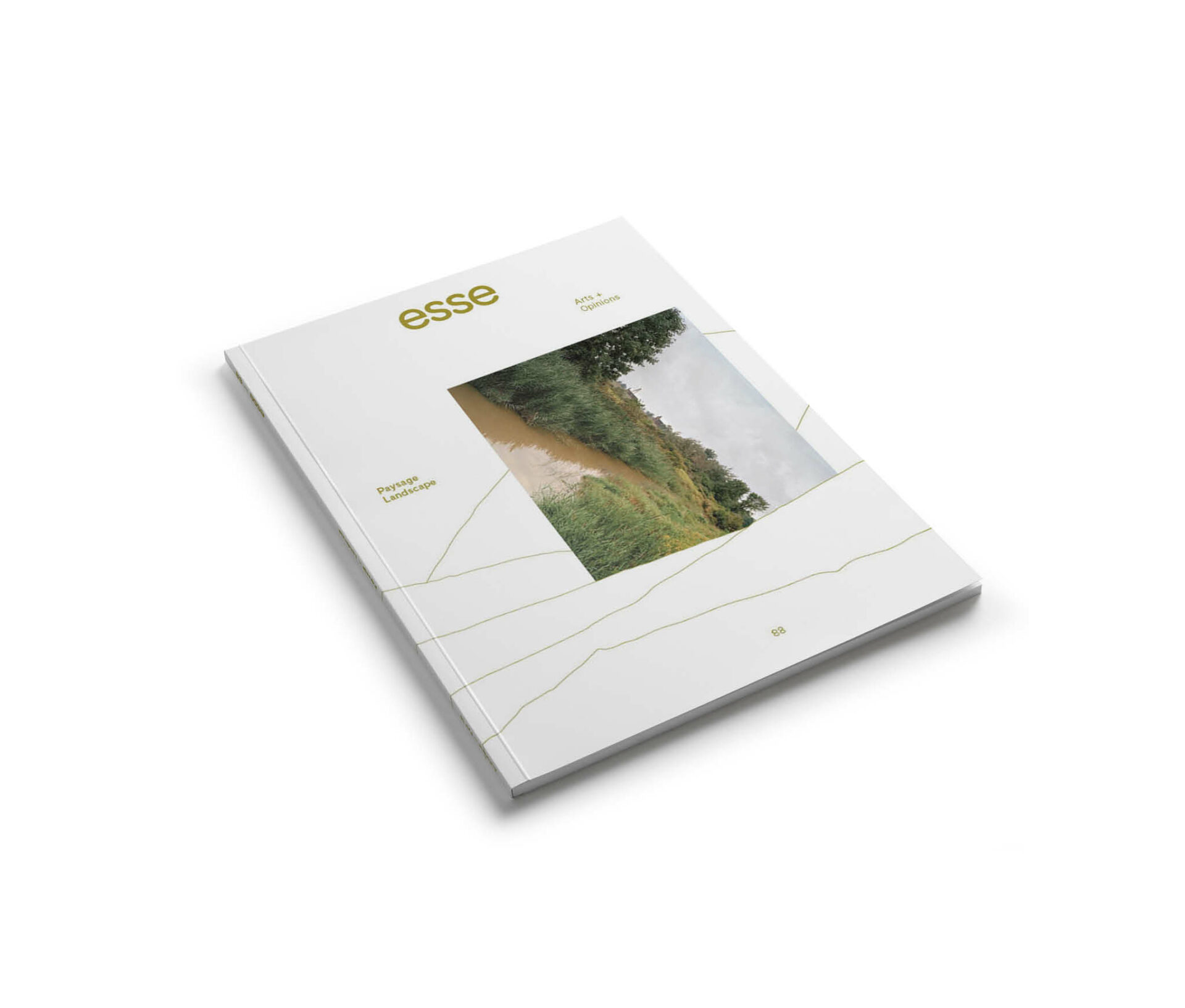
Photo : courtesy of the artist, Marlborough Contemporary & Alexander Levy
Nature, Time, and the Anthropocene: Julius von Bismarck’s Landscape Painting
In his essay “Acknowledging the Anthropocene,” landscape architect Martin Prominski advocates use of the “Anthropocene” designationfor the current geological epoch, bearing in mind that the consequences of human activity affect the entire planet. No place on earth is left untouched either by direct human contact or by substances generated by human practices, such as carbon or nitrogen emissions.1 1 - Martin Prominski, “Acknowledging the Anthropocene,” in On the Move: Landscape Architecture Europe #4, ed. Lisa Diedrich (Wageningen: Blauwdruk, 2015), 173 — 77. Recognizing the inescapable presence of humankind on earth is, in Prominski’s words, irreconcilable with the “Western concept of ‘Nature’ as something independent of human influence” 2 2 - Ibid., 173. and therefore inevitably entails a questioning of the dualistic understanding of nature so prominent in Western culture. In acknowledgment of this predicament, Prominski proposes the notion of “andscape” to replace the idea of landscape. The word andscape refers to the writings of Russian painter and art theorist Wassily Kandinsky, whose 1927 text “und” [and] encourages the dissolution of dichotomies and urges a more synthetic form of thinking and artistic practice, grounded in fundamentally entangled relations rather than objectivized separations.3 3 - Wassily Kandinsky, “und” (1927), in Essays über Kunst und Künstler, ed. Max Bill (Bern: Benteli, 1963), 97 — 108. Prominski calls for landscape architects to take up this notion, which has the potential to serve as a conceptual term for addressing and communicating the synthetic, integrative character of landscape architectural design when they seek to “transcend outdated dualisms.” 4 4 - Prominski, “Acknowledging,” 176.
